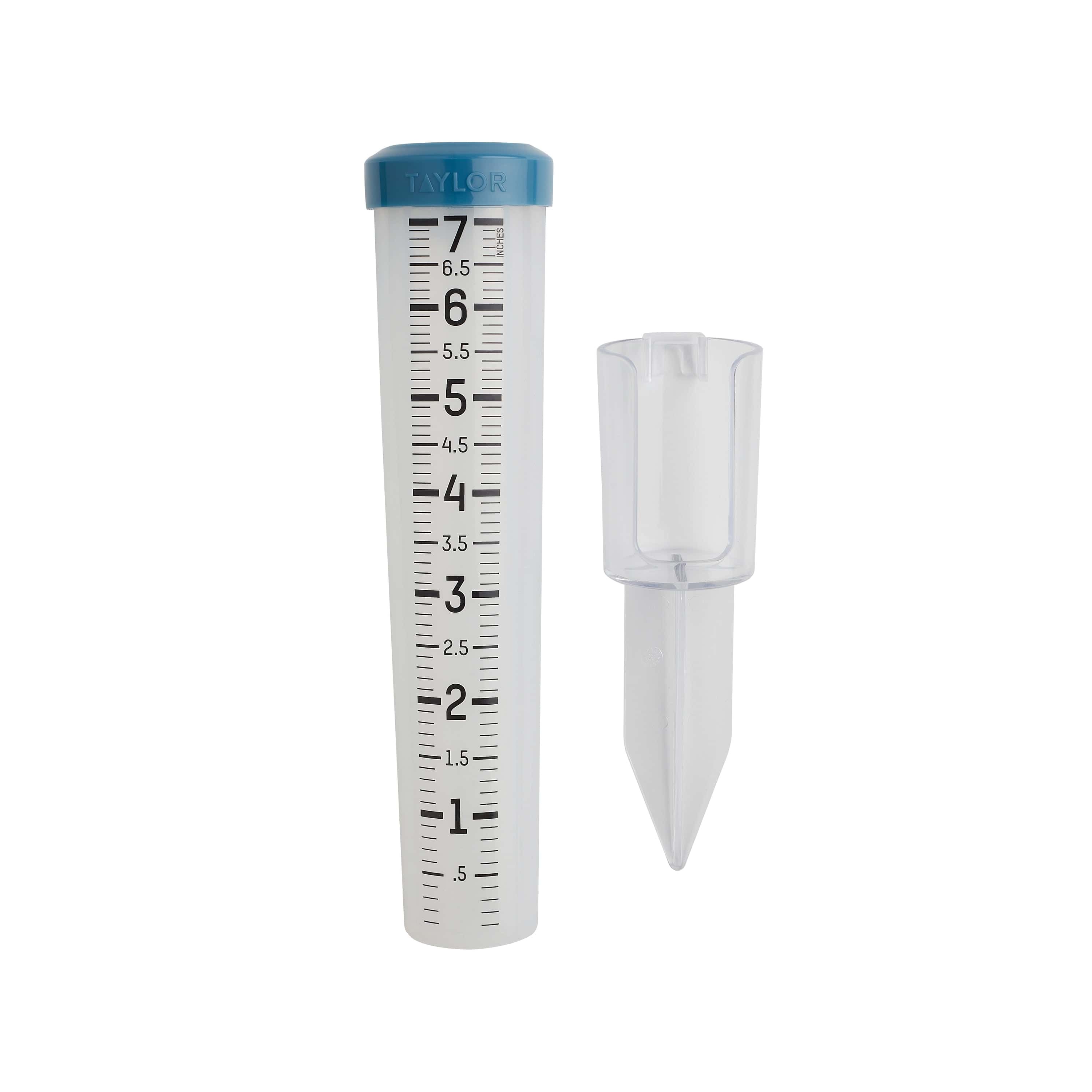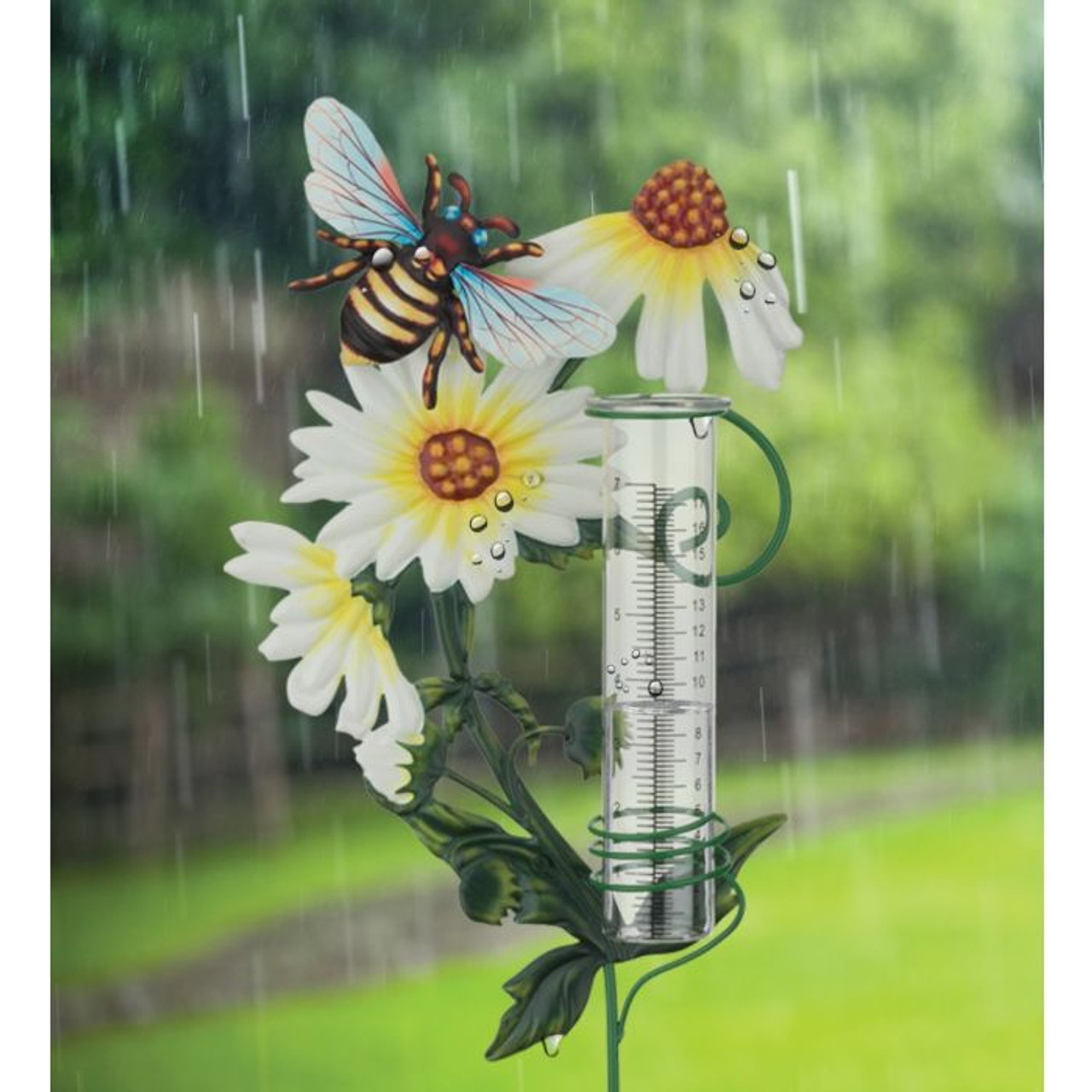Dive into The Rain Gauge: From Historic Development to Modern Applications
Dive into The Rain Gauge: From Historic Development to Modern Applications
Blog Article
Exactly How to Select the Right Rain Gauge for Accurate Rainfall Data
To acquire trusted dimensions, it is vital to choose the right rainfall gauge. Taking into consideration aspects such as location, kind, and accuracy of the rain scale will certainly help guarantee exact data collection. Additionally, recognizing the upkeep and calibration treatments will contribute to the durability and dependability of your rainfall scale.
Significance of Choosing the Right Rain Gauge
The value of selecting the appropriate rainfall scale hinges on obtaining reputable and precise rains data for exact atmospheric analysis. Rainfall data is crucial for a large range of applications, including climate projecting, hydrological modeling, and climate research study. Inaccurate or unstable information can cause incorrect conclusions and flawed decision-making procedures.

Second of all, the precision and precision of the rainfall scale are vital. The gauge ought to be able to gauge rains with high precision, recording also percentages of rainfall precisely. It ought to also decrease mistakes due to evaporation, wind, and various other environmental factors. Routine calibration and maintenance are important to make sure continuous accuracy.
In addition, the place and installation of the rainfall gauge are crucial factors to consider. It should be positioned in an open area, far from obstructions that might influence rainfall dimensions. The gauge ought to be placed at an appropriate height and angle to prevent splashing and make sure correct catchment of rain.
Factors to Take Into Consideration When Selecting a Rain Gauge
When choosing a rainfall gauge, there are numerous vital elements to consider. There are various kinds available, consisting of basic rainfall assesses, tipping bucket rainfall determines, and evaluating rainfall evaluates.
An additional aspect to think about is the material of the rainfall gauge. Rain determines can be made from various materials, such as glass, metal, or plastic. The material picked need to be resistant and resilient to weather, making sure that the rain gauge will certainly hold up against the components and offer accurate measurements in time.
Accuracy is likewise an essential element to think about. Look for rainfall gauges that have actually been calibrated and tested for accuracy. Attributes such as anti-splash rings and funnels can also improve the precision of the measurements.

Last but not least, consider the climate and atmosphere in which the rainfall scale will certainly be used. Different rainfall assesses are ideal for different climates, so it is essential to pick one that is suitable for the problems in your area.
Different Sorts Of Rainfall Gauges Readily Available
To even more explore the aspects to take into consideration when picking a rainfall gauge, it is important to recognize the various kinds of rainfall gauges readily available. There are numerous kinds of rainfall determines, each with its very own advantages and drawbacks. The most typical type is the common rain gauge, additionally called the round rainfall gauge. This type includes a straight-sided round container with a funnel-shaped top. It is basic to use and offers precise measurements of rains.
Another kind of rainfall scale is the tipping bucket rainfall gauge. This scale utilizes a seesaw-like device to gather and gauge rainfall. As the rainfall comes under the scale, it fills one side of the pail, creating it to tip and clear the water. The variety of ideas is counted electronically to determine the quantity of rainfall. Tipping bucket rainfall evaluates are preferred for their precision and capability to measure rains intensity.
A third kind of rainfall gauge is the considering rainfall gauge. This scale uses a balance system to measure the weight of the accumulated rainfall. As the rainfall falls into the scale, it is collected in a container linked to an equilibrium. The weight of the water is measured, and the rainfall amount is calculated based on the weight. Considering rain evaluates are very accurate but can be much more expensive and need normal maintenance.
Finally, there are additionally remote rain determines that usage progressed technology to measure rainfall (The Rain Gauge). These determines use sensing units and transmitters to send data wirelessly to a central device. Remote rainfall evaluates are practical for keeping track of rains in hard-to-reach locations or for large-scale information collection
Exactly How to Figure out the Accuracy of a Rain Scale
One way to evaluate the accuracy of a rainfall scale is by performing regular calibration why not look here dimensions. Calibration entails contrasting the analyses of a rainfall scale to a standard measurement, such as a licensed rain gauge or a weather condition terminal with high precision. By contrasting the dimensions, any kind of discrepancies or inaccuracies in the rain gauge can be determined and represented.
To carry out a calibration dimension, begin by accumulating rains information from both the rainfall scale and the typical measurement device over a particular period, such as a month. Then, compare the analyses and calculate the difference in between them. This difference is referred to as the calibration error.
It is very important to note that calibration dimensions need to be executed regularly, as ecological variables, such as wind, particles, and temperature level, can influence the precision of the rain gauge over time. By conducting normal calibrations, any kind of modifications in the accuracy of the rain gauge can be found and modifications can be made accordingly.
In enhancement to calibration, it is likewise recommended to tidy and maintain the rainfall scale on a regular basis to ensure its precision. Eliminate any particles or blockages that may influence the accuracy of the measurements, and look for any kind of indications of damage or put on that might require fixings or substitute.
Tips for Maintaining and Calibrating Your Rain Scale
Regular upkeep and calibration are crucial for making sure the accuracy and integrity of your rain gauge in gauging rainfall data (The Rain Gauge). By adhering to a few straightforward suggestions, you can make sure that your rain gauge is effectively maintained and calibrated
To start with, it is very important to clean your rainfall scale frequently to prevent any type of particles or dirt from blocking the rainfall collection device. Use a light cleaning agent and a soft brush to browse around this web-site carefully clean the within and outside of the scale. Wash it thoroughly with tidy water and enable it to completely dry entirely before re-installing it.
Secondly, it is suggested to adjust your rainfall gauge a minimum of annually. Calibration entails comparing the measurements of your rain scale with those of a relied on and exact referral gauge. This will assist you recognize and correct any possible mistakes in your rainfall scale's measurements.
To moved here adjust your rainfall scale, collect a known quantity of water using a determining container and contrast it with the dimensions recorded by your rain gauge. Readjust the readings appropriately to guarantee precision.

Conclusion
Finally, picking the ideal rain scale is essential for getting precise rains data. When selecting a rain gauge, factors such as purpose, budget plan, and area should be taken into consideration. There are various kinds of rainfall assesses available, each with their own benefits and restrictions. It is very important to routinely keep and calibrate your rain scale to ensure its precision. By following these standards, accurate rains information can be obtained for various applications.
There are different types available, including conventional rain assesses, tipping bucket rainfall gauges, and considering rainfall evaluates.To further check out the factors to take into consideration when choosing a rain gauge, it is essential to understand the different types of rain assesses offered. The most typical type is the conventional rain gauge, also recognized as the round rainfall scale.One more type of rain scale is the tipping pail rain gauge. Calibration involves contrasting the analyses of a rain gauge to a conventional measurement, such as a certified rainfall gauge or a weather station with high precision.
Report this page